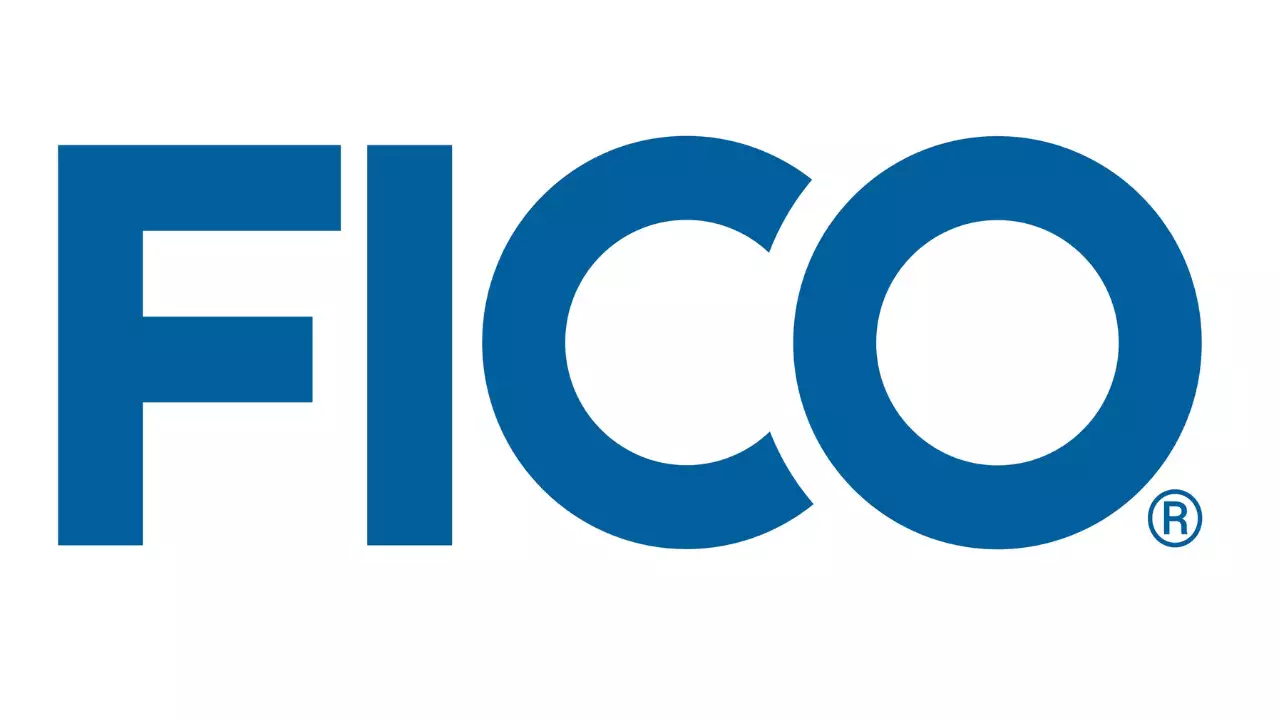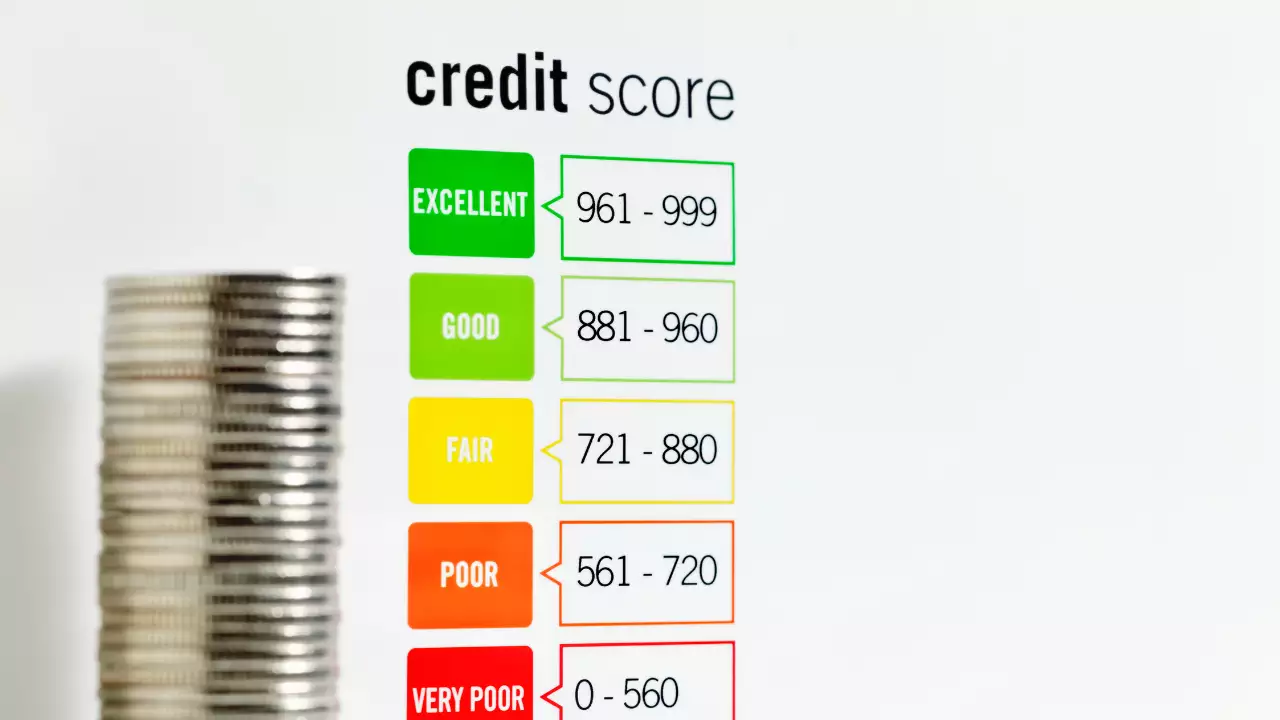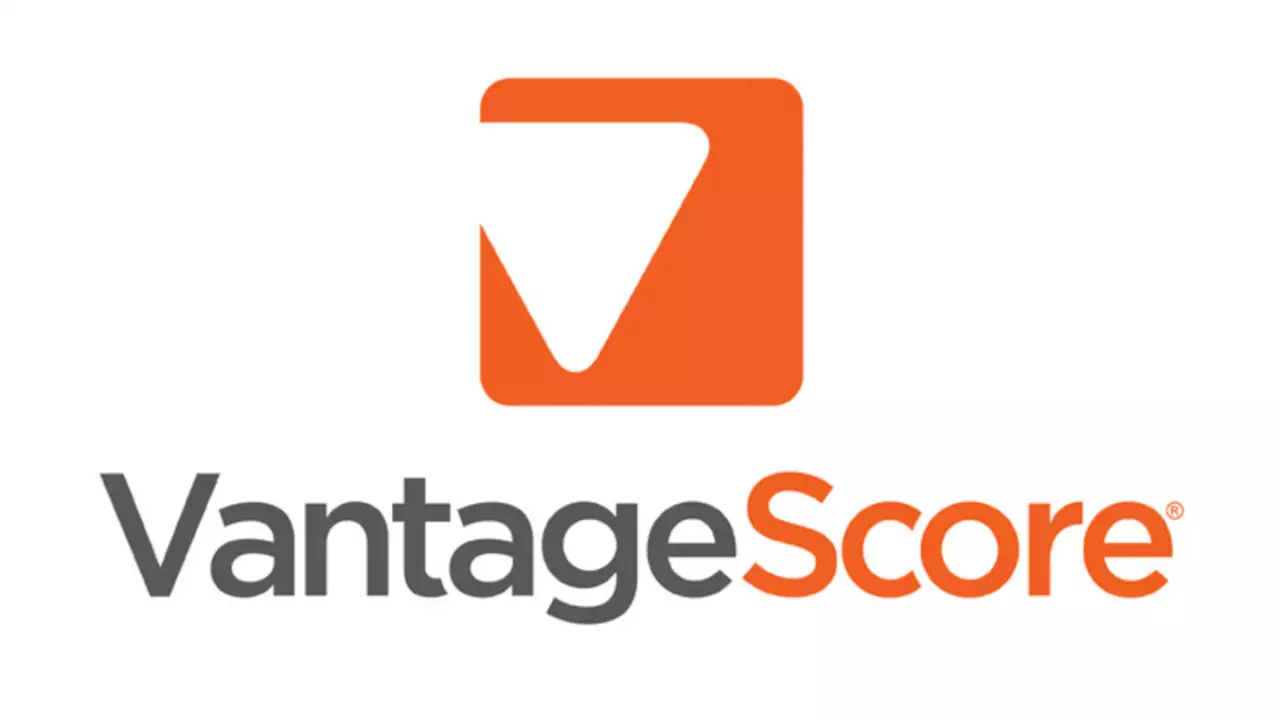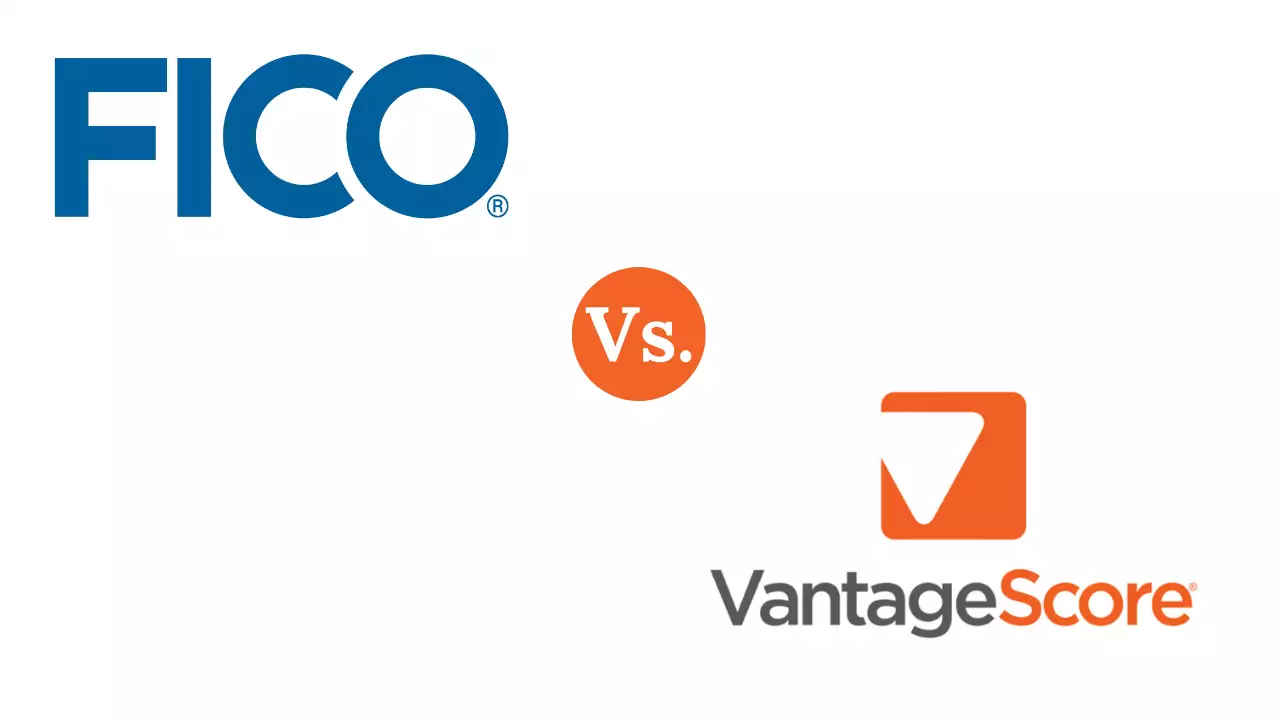Introduction
Credit scores have become an integral part of our financial lives. With lenders relying heavily on credit scores to make lending decisions, it’s important for consumers to understand these scores and how they work. The two most common types of credit scores in use today are the FICO Score and VantageScore.
But what exactly sets them apart? In this comprehensive guide, we will cover everything you need to know about FICO Scores and VantageScores, including how they are calculated, their scoring ranges, and how financial institutions use them. We will also highlight the key similarities and differences between the two scores to help you understand where they overlap and where they diverge.
What is a FICO Score?

FICO Scores aim to predict a consumer’s credit risk – how likely they are to repay debts or miss payments over the next few months. The higher the FICO Score, the lower the perceived credit risk. FICO Scores are used in over 90% of lending decisions in the US.
How FICO Scores Are Calculated
While the exact formulas used to calculate FICO Scores are proprietary and not publicly disclosed, FICO has provided general guidelines on the main categories of information and the weightage given to each category:
- Payment history (35%) – Your history of on-time bill payments and any late payments, bankruptcies, collections etc. The most important factor.
- Amounts owed (30%) – How much you currently owe compared to your credit limits i.e. credit utilization ratio.
- Length of credit history (15%) – How long you’ve had credit accounts opened. Generally, a longer credit history is better.
- New credit (10%) – How many new accounts you have opened recently and how many recent “hard” credit inquiries.
- Credit mix (10%) – Whether you have experience managing different types of credit like credit cards, retail accounts, installment loans etc.
These factors are evaluated from your credit report data to calculate a FICO Score ranging from 300 to 850 points.
FICO Score Ranges

| FICO Score Range | Rating |
|---|---|
| 800-850 | Exceptional |
| 740-799 | Very Good |
| 670-739 | Good |
| 580-669 | Fair |
| 300-579 | Very Poor |
In most cases, individuals with “good” FICO Scores and above can access credit at favorable interest rates, while those below 670 may struggle to get approved or pay higher rates.
What is a VantageScore?
A VantageScore, like FICO, is a three-digit credit scoring model used by some lenders to evaluate a person’s credit risk. VantageScores also range from 300 to 850. VantageScore was created in 2006 by the three major credit bureaus – Experian, TransUnion, and Equifax.
It was meant to be an alternative credit scoring model to FICO and provide greater consistency across the credit bureaus. Over the years, VantageScore has been adopted by some lenders, though FICO still maintains a dominant share of the credit scoring market.
How VantageScores Are Calculated

While the full methodology behind VantageScores is also proprietary, the factors considered in calculating a score generally align with FICO’s model with some key differences:
- Payment history (40%)
- Credit utilization (21%)
- Credit balances (11%)
- Depth of credit history (13%)
- Recent credit applications (10%)
- Available credit (5%)
Compared to FICO, VantageScores place relatively more weight on payment history and credit utilization, while having additional factors like credit balances and available credit.
The scoring ranges are also slightly different:
| VantageScore Range | Rating |
|---|---|
| 750-850 | Excellent |
| 700-749 | Very Good |
| 650-699 | Good |
| 550-649 | Fair |
| 300-549 | Very Poor |
Comparing FICO and VantageScores

Now that we’ve covered the basics of FICO and VantageScores individually, let’s compare them side-by-side to understand their similarities and differences.
Similarity No. 1: Score Ranges
The score ranges for both FICO and VantageScores run along the same scale – 300 to 850 points. In both models, a higher score indicates lower credit risk.
Similarity No. 2: Credit Report Data
Both FICO and VantageScores are calculated based solely on the information in your credit report. They do not consider factors external to your credit report.
Difference No. 1: Market Share
FICO Scores continue to dominate the credit scoring landscape with a 90% market share approximately. Lenders tend to rely more on the well-established FICO model than the newer VantageScore when evaluating borrowers.
Difference No. 2: Scoring Factors & Weightages
While the scoring factors have some broad overlap between FICO and VantageScores, the specific composition and weightage assigned to each factor differs notably between the two models resulting in divergent scores for the same consumer.
For instance, FICO places high importance on amounts owed (30%) while VantageScore looks more at credit utilization (21%). Payment history, though important in both, constitutes a higher percentage for VantageScore (40%) than FICO (35%).
Difference No. 3: Industry-Specific Scores
FICO produces tailored industry-specific scores for auto, bankcard, mortgage, and insurance lending tailored to those markets. VantageScore does not currently offer industry-specific scores.
Difference No. 4: Score Ranges & Rating
The score ranges have similar labels but the thresholds differ slightly between the two models. For example, a FICO score between 670 and 739 is considered “Good” while a VantageScore between 650 and 699 has the same “Good” rating. A person could have a 680 VantageScore (Good) and 720 FICO Score (Very Good) at the same time.
Conclusion
- Both FICO and VantageScores aim to help lenders assess a borrower’s creditworthiness. They have broad methodological overlap but differ in their finer details.
- FICO Score remains the more widely adopted model among lenders while VantageScore is growing in usage over time.
- Industry-specific FICO Scores tailored for credit card, auto, mortgage, and insurance lending give it greater customization and relevance in those verticals.
- Consumers applying for credit would benefit from checking both their FICO and VantageScores to get a more well-rounded view of their credit health through both lenses.
- A “Good” score on one model may not be “Good” on the other due to the different score thresholds, so checking both scores is advisable.
Understanding the nuances between FICO and VantageScores empowers you to better interpret your credit standing through different scoring models. As lending decisions depend so much on these scores, monitoring and improving both your FICO and VantageScores over time is key to accessing affordable credit.
References:
https://www.myfico.com/credit-education/credit-scores
https://www.investopedia.com/terms/f/ficoscore.asp
https://www.investopedia.com/fico-credit-scores-explained-5072985
https://www.myfico.com/credit-education/whats-in-your-credit-score
https://www.myfico.com/credit-education/credit-scores
https://www.vantagescore.com/about-us/vantagescore-history
https://www.experian.com/blogs/ask-experian/infographic-what-are-the-different-scoring-ranges/
https://www.fool.com/the-ascent/personal-finance/complete-guide-to-your-fico-score/
https://www.myfico.com/credit-education/credit-scores